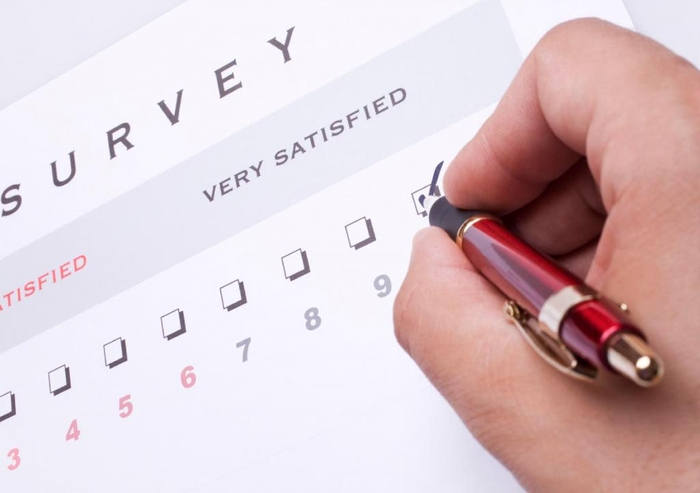
RESOURCE: Evaluating Your Workplace Before and After You Move
 Guest Author: Keti Malkowski is a Workplace Research Psychologist at Schiavello, a Australian-based multi-disciplinary design firm. Her work focuses on enhancing the relationship between the user and workplace so it can become a value adding tool for work. Follow her blog or Twitter.
Guest Author: Keti Malkowski is a Workplace Research Psychologist at Schiavello, a Australian-based multi-disciplinary design firm. Her work focuses on enhancing the relationship between the user and workplace so it can become a value adding tool for work. Follow her blog or Twitter.
During the design stage of a physical workplace the vision, goals and objectives should be determined. Once established, these should be evaluated through many forms including a pre and post occupancy evaluation process. Pre and post occupancy evaluations are systematic and structured analyses of the effectiveness of physical workplaces, as measured by the opinions of the users via structured surveys, interviews and focus groups. To be effective, it is recommended that occupancy evaluations be conducted three to six months before and after the occupancy.
Pre and post occupancy evaluation objectives:
- Evaluate the effectiveness of a workplace development through the assessment of user perceptions
- Measure user satisfaction against the design objectives (tailored to the needs of the client) to improve the fit between the users and the workplace
- Identify workplace development strength and developmental areas – to assist in future developments and create a feedback loop to enhance continuous improvement processes
- Allow for comparative evaluations (pre and post) and the establishment of a workplace benchmark relevant to the organisation
- Demonstrate value for employee opinions and involve them in the project in accordance to a structured change management process
- To obtain information to assist in the management of the accommodation change process and ensure optimisation of the workplace to suit the users
- Provide the organisation with valuable marketing material for internal and external use to promote transparency and ‘justification’ for the change
Areas to be covered by the evaluation:
Many dimensions of the physical workplace can be assessed in a pre and post occupancy evaluation, including:
- Thermal comfort
- Air quality
- Acoustic comfort
- Lighting comfort
- Office layout and facility adequacy including storage
- Security adequacy
- Private and collaborative area adequacy
At Schiavello, we have also tailored pre and post occupancy evaluations to assess user perceptions on the:
- Change management process
- Ability of the workplace to represent the organizational culture and respond to changes
- Contribution of the workplace to individual and team effectiveness and emotional outcomes such as pride
Evaluation stages:
There are many stages to the pre and post occupancy evaluation process, including:
Stage 1 – Planning for the evaluation (understanding what you want to evaluate and how you will evaluate it)
Stage 2 – Collecting and evaluating the data to ensure that the objectives are achieved
Stage 3 – Prioritizing the results and using them for action planning
Stage 4 – Communicating the information back to various stakeholders and promoting engagement
Evaluating how a newly developed workplace is perceived and used by the people it’s designed for provides valuable insight into how the space will not only match the needs of the organisation, but how the space should evolve as needs inevitably start to change. What’s more, architects and designers can use these learnings to continuously improve upon their designs for workplaces of the future.


























